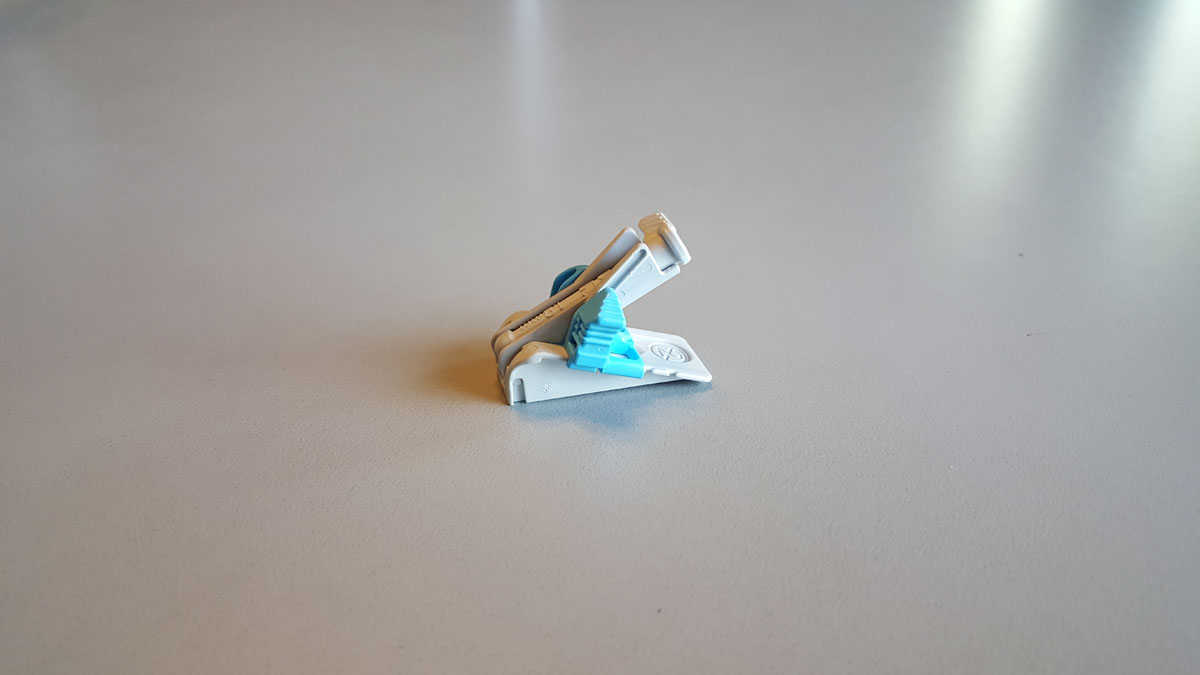Plastic injection molding is a technique for creating a wide range of complicated plastic parts and components. OEMs in a variety of industries can profit from the approach. It’s known for its consistency and cost, and it’s useful for making high-quality polymers that can be utilized in almost any environment.
Here are some advantages that demonstrate how critical injection molding is to today’s manufacturers:
Complex Geometry Parts Manufacturing
The procedure can be improved by using a scientific molding approach and the correct tool design. Manufacturers can create sophisticated plastic pieces with intricate designs using this method, such as the one below:
Efficiency
Dealing with a skilled and experienced injection molder ensures that you are working with a staff that has years of knowledge in the sector. As a result, they know how to optimize designs and ensure that their production process is efficient. Such groups also recognize the need of paying attention to the design early on in order to avoid big tasks later on. Overmolding also helps to streamline the manufacturing process by combining different procedures.
Strength
Plastics’ strength and durability have improved in recent years. Furthermore, today’s light thermoplastics can tolerate extreme temperatures. OEMs can easily discover the appropriate engineering-grade plastic for their application with so many alternatives.
Multiple Plastic Types Can Be Used At the Same Time
Complex part designs frequently include sections made of many materials. Plastic experts from the project engineers’ team assist in ensuring that the polymers to be used are compatible under various conditions so that defects are minimized.
Cutting costs
Injection molding can help OEMs save money in a variety of methods, including plastic part consolidation and overmolding. However, lowering the amount of defects, which can also be considered as boosting the component design’s moldability prior to production, is the most crucial procedure contributing to lower project costs. Overall, this decreases the number of tooling changes required after the process is up and running.
Precision
Injection molders can reach accuracy of up to 0.001 inches, which is ideal for complex and tight-tolerance item designs.
Production timelines are shorter.
Thanks to upfront design support and even moldflow analysis tools, OEMs can achieve shorter production deadlines with injection molding. This allows for extra marketing time.
Various Surfaces
Do you require a smooth finish on your plastic components? Molding produces pieces with a smooth finish that is nearly comparable to the desired appearance. You don’t have to settle for a smooth finish because injection molding allows for a variety of surface finishes that don’t require any additional work. Injection molding may achieve any desired finish, including matte, etched, and other distinctive textures.
High-Output Manufacturing
Injection molding is the best option if you need a big quantity of a single component or part because of its uniformity and ability to develop a repeatable design. This allows all parts to be made from the same mold.
Color Choices
Injection molding gives you a variety of color possibilities for your plastics. It is feasible to have several colors on your product when using overmolding and two-shot processes.
Parts’ Consistency
Consistent and repeatable production procedures that are very accurate and capable of achieving complicated designs are required for critical-use plastic components. By employing the same mold for each part and using scientific molding sensors to monitor the inside of the mold, injection molding ensures consistency.
Flexibility
Injection molding demonstrates versatility in a variety of ways, including plastic qualities, color possibilities, and material selection. Unlike metal, OEMs have a lot of design options with injection molding.
Labor Costs Are Lower
The majority of the injection molding process is automated, with one mold technician or operator operating machines and robots. This greatly reduces labor costs while also saving money for the consumer.
Light-Weighting
Plastics are rapidly being used by OEMs in different industries, such as automotive and military, to considerably reduce the weight of their products. In recent years, high-strength, light thermoplastics have surpassed metal components in terms of strength and reliability.
Working with an experienced injection molder is critical.
Manufacturers should seek out experienced complicated injection molders if they want to get all of the aforesaid benefits of injection molding. These experts know how to optimize potential and deal with any design or process challenges that may arise. Using the best technology, equipment, and materials will only get you so far; having the best, most experienced engineers and tooling partners will make all the difference in terms of costs, lead times, and ultimate product quality.


